26 Sep The Impact of Natural and Synthetic Dyes on the Environment
Environmental Impact of Natural and Synthetic Dyes: Imagine a world where everything we wear or surround ourselves with is grey or white. Colour has been essential to the history of civilization, signaling prestige, hierarchy, and leadership from the Stone Age onwards. But we pay a heavy price for color in cosmetics, paper, food, and pharmaceuticals. And particularly in textiles- something we forget or choose to ignore when browsing at stores for the latest color stories.
Natural Dyes
In our series of blogs, we have written about natural dyes and their history.
NATURAL INDIGO DYE INTERESTING GLOBAL HISTORY IN BRIEF
NATURAL DYES – THE HISTORY OF EXTRACTION OF BEAUTIFUL PLANT PIGMENTS
BLOCK PRINTED GHAGGRA OF RAJASTHAN- SILHOUETTES OF INDIAN APPAREL
Until the 19th century, all dyes were natural, extracted from a vegetable, mineral, or animal sources. Such dyes are now used only in artisanal contexts, but are they the answer? We usually think of natural dyes as toxin-free, but they require massive amounts of water and need vast areas of land for substantial quantities. They also use mordants as fixers, which in most cases are metallic compounds like Potassium Dichromate (chrome), Stannous Chloride (tin), Copper Sulphate, and Iron Sulphate. Disposing of water contaminated by these incorrectly nullifies the positive aspects of natural dyeing. And not using mordants makes colors pale and prone to fading, something which is mostly commercially unacceptable. Therefore using natural dyes is preferable to synthetic, but it does not solve the problem. One solution is Substantive Dyes, which are also natural dyes that have high tannin and do not need mordants for fixing. However, the use of a mordant enhances and can modify these colors.
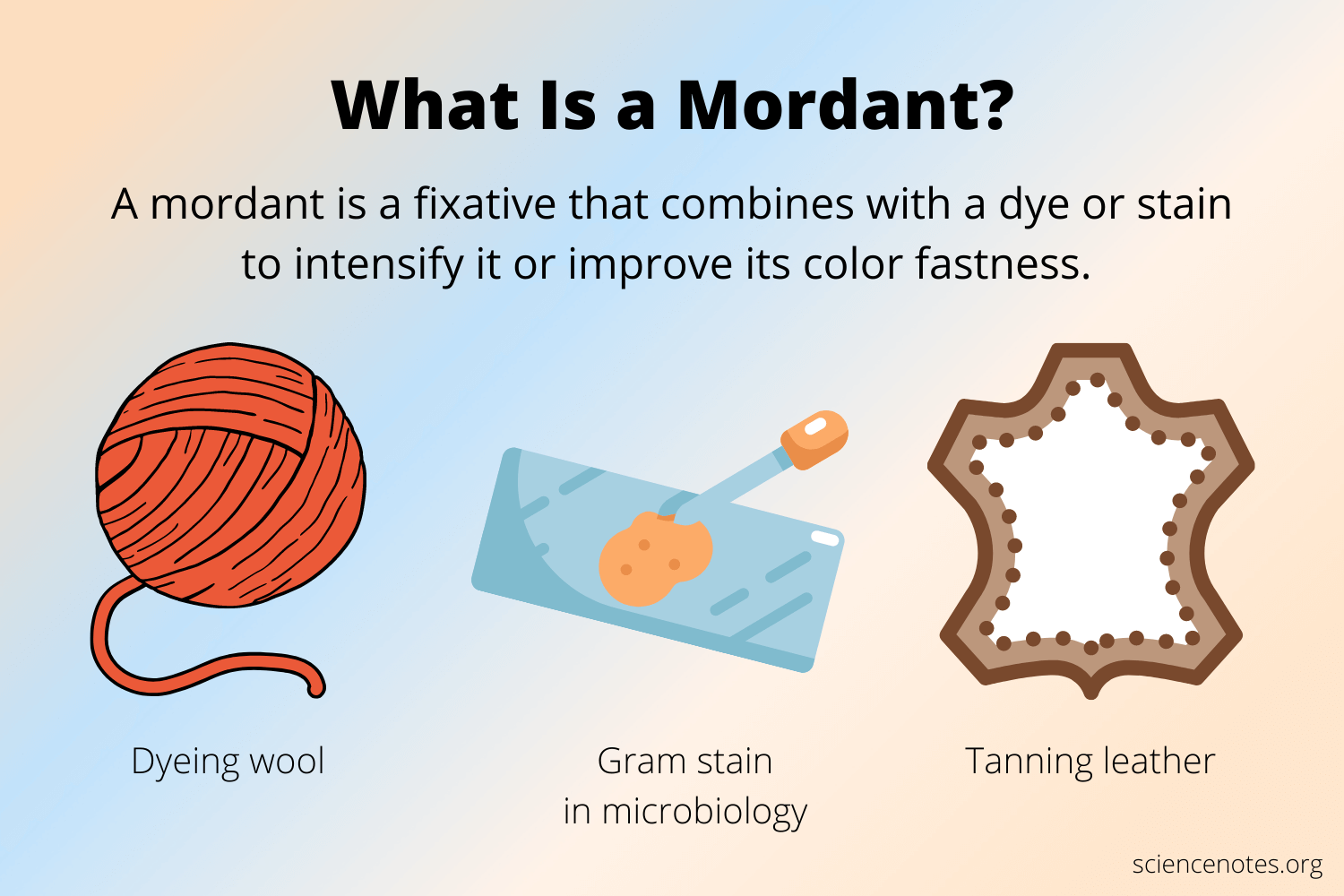
Synthetic Dyes
In an earlier blog, we have written about the accidental discovery of mauve, the first synthetic dye, by William Henry Perkin in 1856. Synthetic dyes became quickly and widely popular because of the range of colors offered, their fastness, and affordability. But at that point in history, no one realized the dire effects dyes would have on the environment and water bodies when untreated effluent is dumped. Moreover, synthetic dyes contain mercury, lead, chromium, copper, sodium chloride, all toxic to those who work with them.

In Bangladesh and China, where most apparel production happens, many water bodies are polluted beyond repair because of the dumping of wastewater from garment factories. Traditional fishing and crop growing methods have all but stopped where the waters are filled with a deadly cocktail of chemicals, also killing aquatic plants.
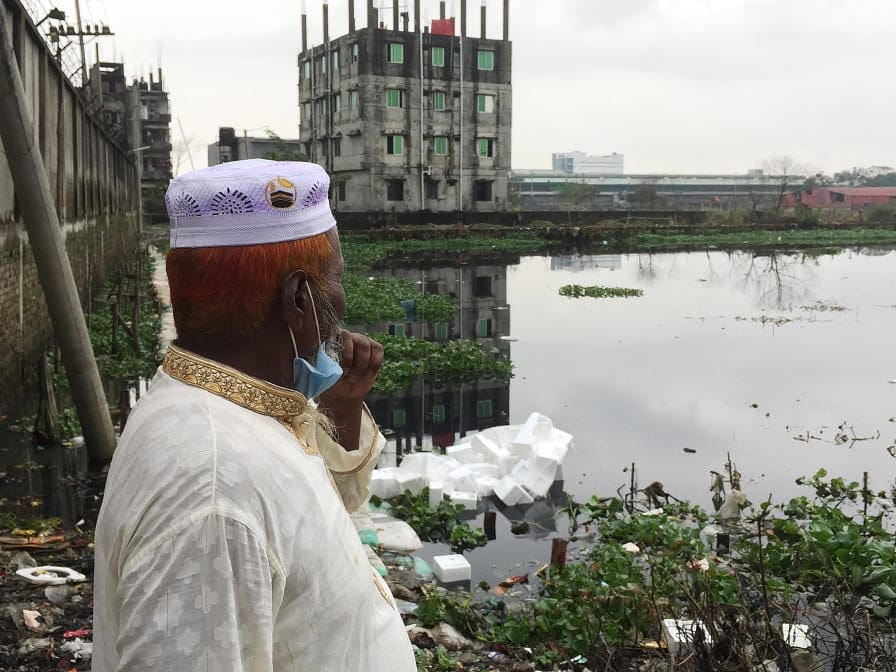

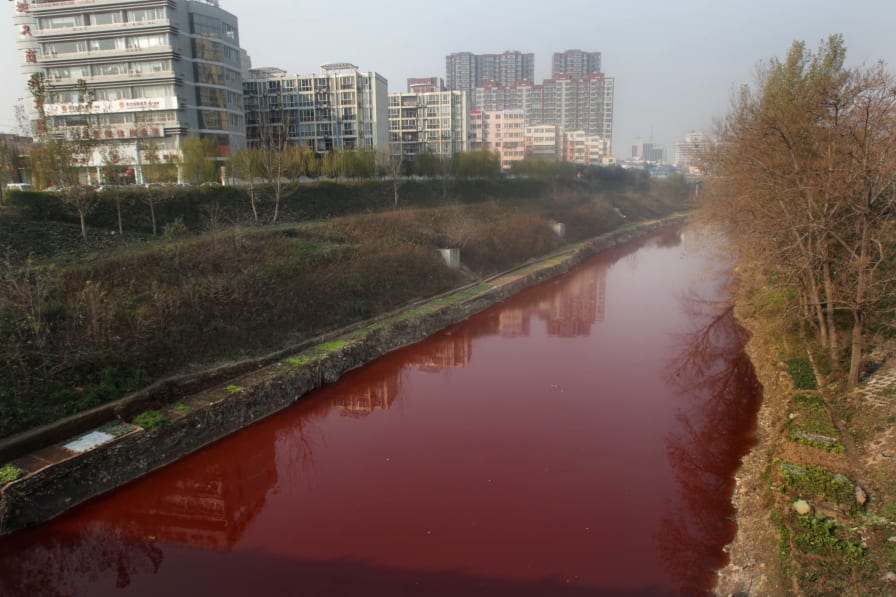
The main culprit is Azo dyes that produce brights like reds and yellows and occasionally release highly cancerous amines. Most countries have banned their use.
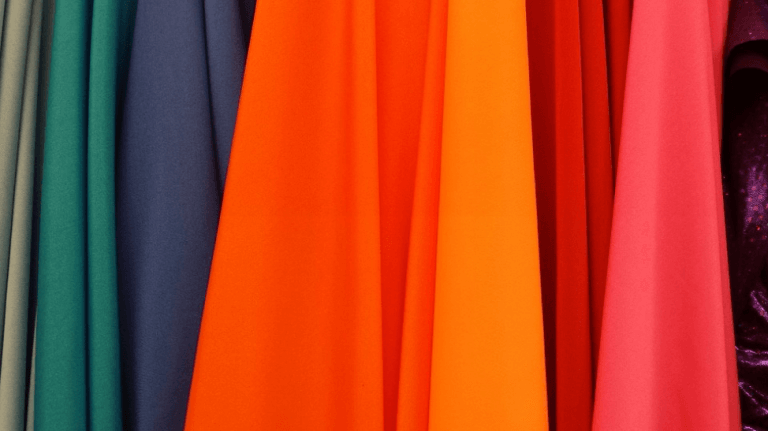
Possible Solutions
The problems are primarily in Asia, where garment manufacturing happens. Fortunately, measures are being taken to stem these. Factories are taking to environmental best practices, where wastewater is treated before disposal, and processes that need lesser water are being examined. Many governments are monitoring effluents and their treatment and the recycling of water. Errant factories are being closed down in China and Bangladesh, and many are moved to industrial zones, which have centralized wastewater plants. Such initiatives have dramatically improved environmental and water conditions when done successfully.
Increasingly, people are looking at eco-friendly low salt dyes, dye-fed silkworm technology, and air dyeing, which does away with water.

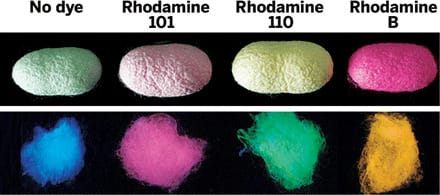

Large brands like Zara and H&M are critical for such initiatives, as they can build relationships and systems with suppliers to adopt best practices. In this context, it is important to not greenwash. Here is a definition of greenwashing from Investopedia: Greenwashing is the process of conveying a false impression or providing misleading information about how a company’s products are more environmentally sound. Greenwashing is considered an unsubstantiated claim to deceive consumers into believing that a company’s products are environmentally friendly.
Unfortunately, Uniqlo, Lululemon, and H&M have all had examples of greenwashing, such a sad thing for the environment.
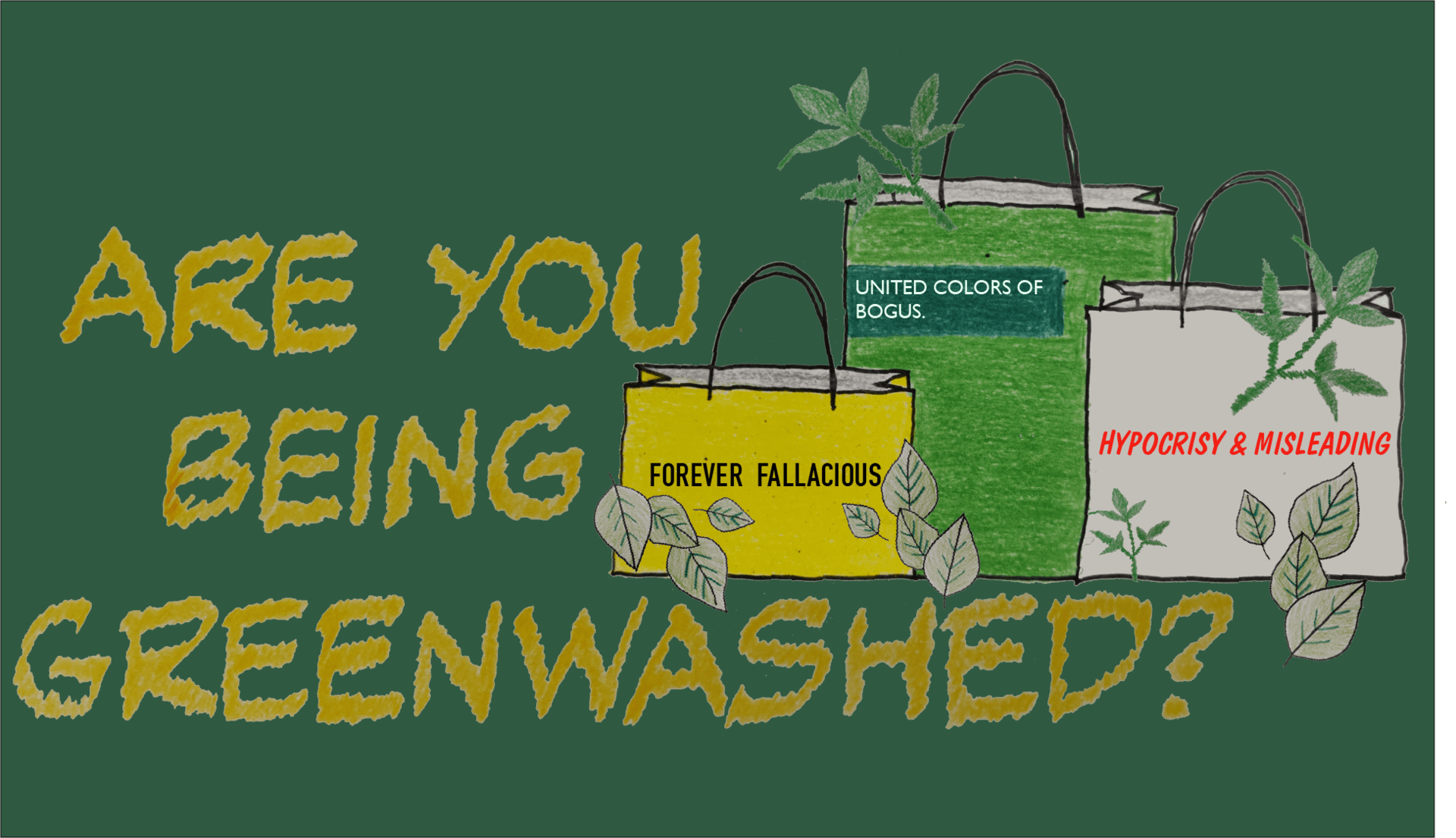
What we can do as consumers
The first thing we can do is limit our consumption: the more manufacture, the more pollution. So let’s buy vintage, pre-loved, and good quality. And only buy what we strictly need. Let’s also study eco-fashion and buy ethical labels like Patagonia. Wash our clothes only when required because our laundry contributes to the degradation of the environment, particularly microplastics in the ocean. We can also buy materials like hemp, silk and sustainably grown cotton, even if they cost more than regular merchandise.
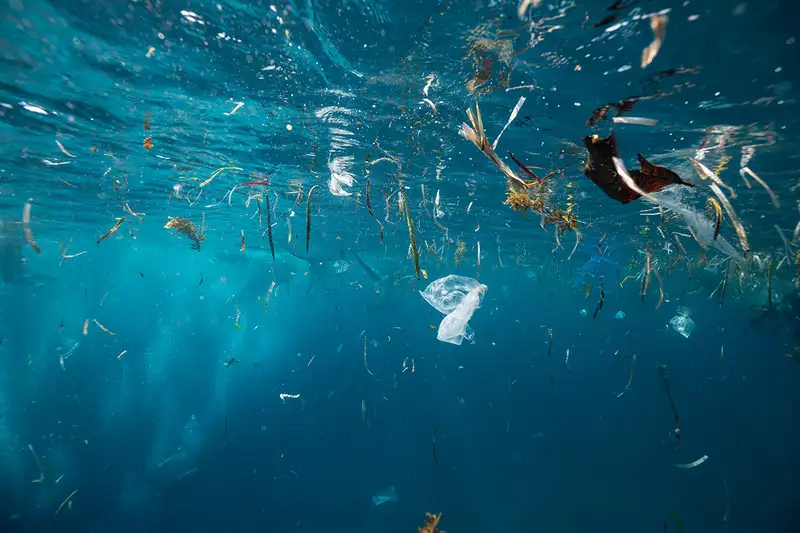

All these measures are critical. According to CNN, Apparel consumption will rise by 63% to 102 million tons a year by 2030. Imagine that scenario basis how bad it is now. We have to act, and we have to act now.
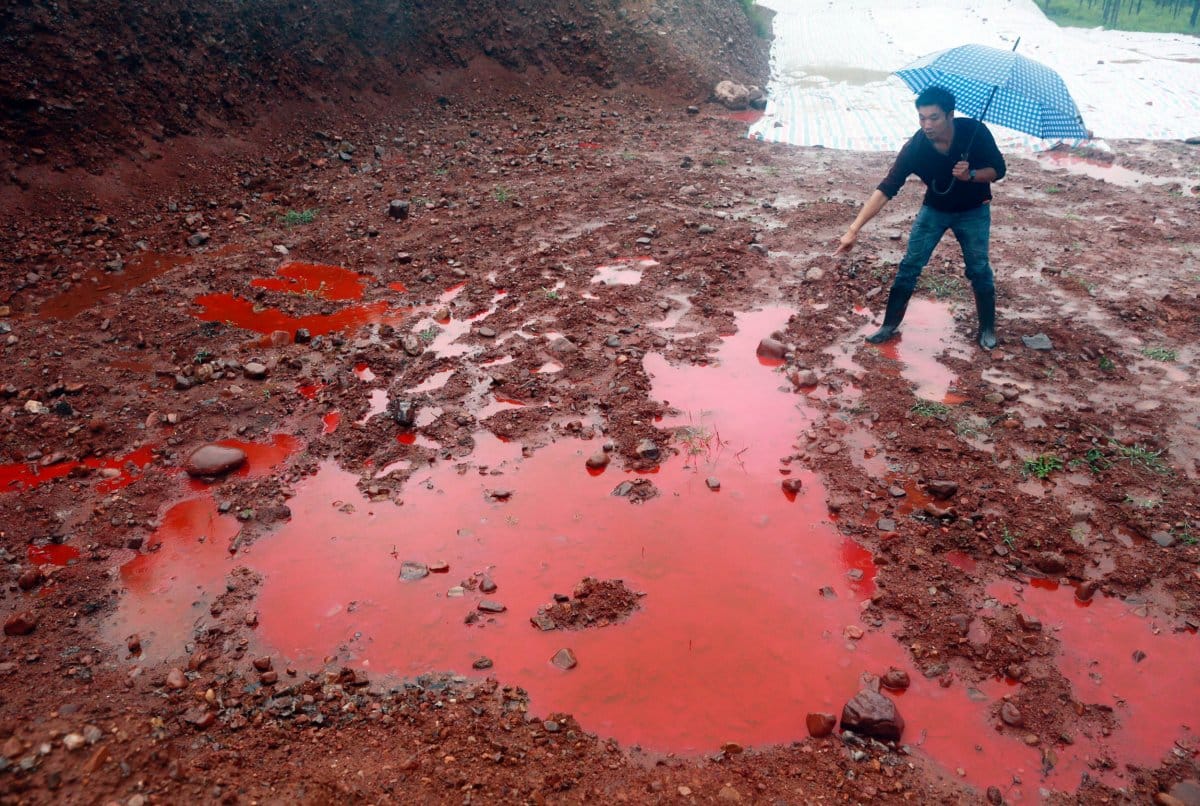
AUTHOR BIO
Mira Gupta is a well-known curator and designer in craft-based luxury. She has had working stints with Fabindia, Good Earth, and Ogaan to promote the cause of craft. She is deeply interested in art, travel, architecture, and culture.
Read more articles by the Author HERE


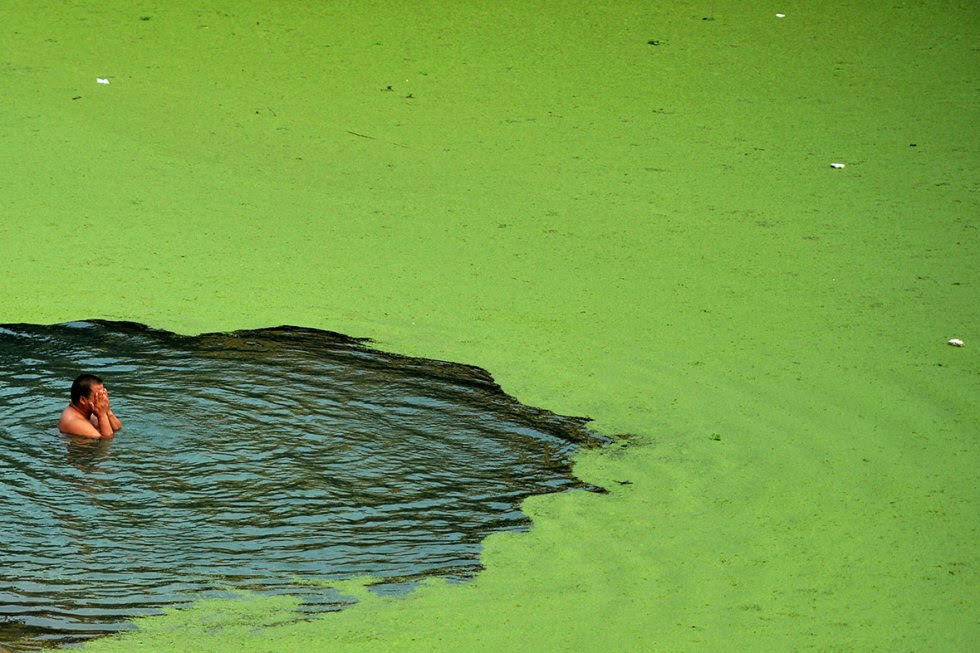


No Comments